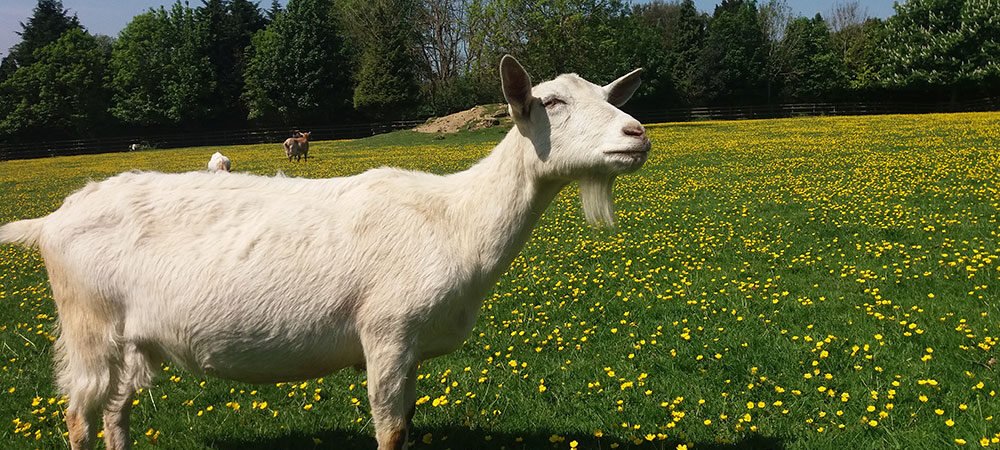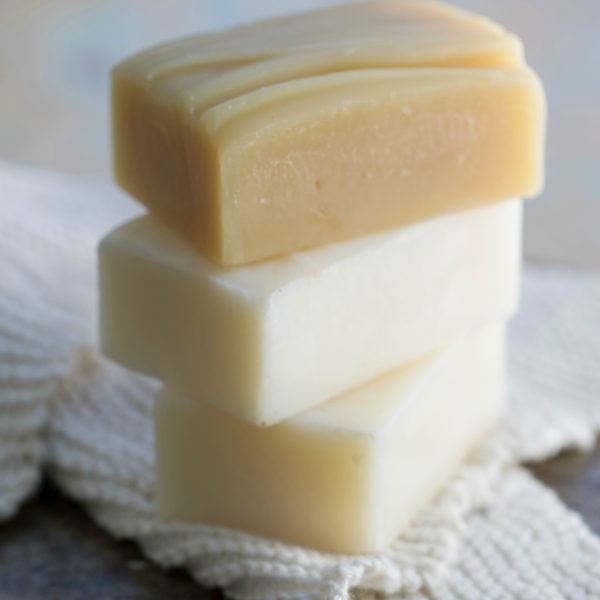

Introduction to Goat Milk Soap
Goat milk soap has gained considerable popularity in recent years, particularly among those seeking natural skincare alternatives to conventional products. Unlike traditional soap, which often contains synthetic ingredients and harsh chemicals, goat milk soap is renowned for its nourishing properties, making it an attractive choice for individuals with sensitive skin or allergies. The primary ingredient, goat milk, is rich in vitamins, such as A, B2, C, D, and E, which promote skin health. Additionally, it contains essential fatty acids and triglycerides that help retain moisture, resulting in a soap that is both gentle and hydrating.
The moisturizing properties of goat milk soap stem from its unique composition, which allows it to penetrate the skin more effectively than standard soap formulations. This natural moisturizer does not strip the skin of its natural oils, thus preventing dryness and promoting a healthy skin barrier. Furthermore, goat milk’s pH level is similar to that of human skin, which aids in maintaining the skin’s natural balance and may reduce irritation or allergic reactions.
Making goat milk soap at home is not only rewarding but also allows for customization of ingredients to suit individual preferences or skin types. The process involves a combination of saponification, where oils or fats react with an alkali to create soap, and incorporation of goat milk. This blend results in a creamy, luxurious bar that’s often supplemented with various essential oils, herbs, or natural exfoliants to enhance its benefits and fragrance.
In this guide, we will explore the many facets of goat milk soap, including its numerous advantages, the soap-making process, and essential tips for success. Understanding what sets goat milk soap apart will encourage readers to consider crafting their own natural soap at home, fostering both creativity and self-care.
Ingredients and Supplies Needed
To embark on the journey of making goat milk soap, it is essential to gather a comprehensive array of ingredients and supplies. This ensures not only a successful crafting experience but also a quality end product that showcases the unique properties of goat milk.
Firstly, the most crucial ingredient is, of course, goat milk. It can be sourced in three forms: fresh, powdered, or frozen. Fresh goat milk is preferred by many because it retains its natural nutrients and creamy texture. However, powdered goat milk offers convenience, while frozen goat milk can be utilized to prevent the overheating that sometimes occurs during the saponification process.
Next, you will need a selection of oils, which play a vital role in creating a well-balanced soap. Common choices include olive oil, coconut oil, and palm oil. Olive oil is renowned for its moisturizing properties, while coconut oil contributes to a bubbly lather. Palm oil is often incorporated for its stability and hardness, ensuring the soap retains its shape. It is important to remember that combining different oils can produce unique qualities in the final bar.
Equally important is lye, also known as sodium hydroxide. This caustic agent is necessary for saponification, the chemical reaction that transforms oils and fats into soap. When working with lye, always prioritize safety by using proper protective gear, as it can be hazardous in its raw form.
Lastly, consider various additives, such as essential oils for aroma and natural colorants like mica or clay, to elevate the visual appeal of your soap. These additional ingredients allow for personalization and creativity, making each batch unique.
Step-by-Step Guide to Making Goat Milk Soap
Making goat milk soap is a rewarding and enjoyable craft that can yield high-quality, nourishing products for personal use or gifts. The process requires careful attention to detail, particularly when working with lye, which can be hazardous if not handled properly. Here is a comprehensive guide to help you navigate the soap-making process.
Begin by gathering all necessary materials: goat milk, lye, oils (such as olive, coconut, or palm oil), a scale, mixing bowls, a stick blender, and soap molds. Ensure you are wearing protective gear, including gloves and goggles, while handling lye to prevent skin irritation or injury.
The first step involves measuring the goat milk and freezing it into ice cubes. Next, prepare a lye solution by combining the lye with the frozen goat milk, adding it slowly and carefully to avoid scorching. Allow the mixture to cool down while you measure and heat your oils in a separate pot until they reach about 100°F.
Once both the lye solution and oils are at similar temperatures, carefully combine them in a mixing bowl. Use a stick blender to emulsify the mixture, bringing it to a light trace, which is when the soap mixture thickens slightly. You can then add any desired fragrances, colorants, or additives such as oatmeal or honey.
Pour the mixture into prepared soap molds, ensuring an even distribution. Cover the molds with a towel to promote heat retention, which helps saponification. Allow the soap to cure for 24 to 48 hours before unmolding.
After unmolding, let the soap cure in a cool, dry area for 4 to 6 weeks to ensure that the lye has completely reacted. During this period, regularly inspect for any signs of moisture or inconsistencies. It is crucial to avoid common mistakes, such as using incorrect lye measurements or skipping the curing process, as these can result in a subpar final product. With patience and care, achieving high-quality goat milk soap is within reach for novice soap makers.
Curing and Storing Your Goat Milk Soap
Curing goat milk soap is a vital process that directly impacts its quality and longevity. During this phase, the soap undergoes chemical changes that contribute to its hardness and ensure a milder, more skin-friendly product. Typically, it is recommended to cure goat milk soap for a minimum of four to six weeks. This duration allows the excess moisture to evaporate, resulting in a firmer bar that is less prone to spoiling. Moreover, a proper curing time enhances the soap’s lather and overall cleansing properties, ensuring a superior experience for the user.
To facilitate the curing process, it is essential to place the soap in a cool, dry area that is well-ventilated. Avoid exposing the soap to direct sunlight or humidity, as these conditions can compromise its integrity and effectiveness. Storing the soap on a slotted rack or a drying tray can help promote even air circulation, thereby ensuring that each bar is cured uniformly. Arranging the bars with adequate spacing further enhances airflow, which is crucial during this stage.
Once the goat milk soap has cured completely, proper storage becomes paramount for maintaining its freshness and efficacy. An ideal storage method involves wrapping the soap in breathable materials such as parchment paper or muslin cloth, which helps preserve its natural properties while preventing moisture absorption. For those considering gift options, personalizing the packaging can add an appealing touch; simple and elegant wrapping can transform a homemade bar into a thoughtful gift. Including a label with the soap’s ingredients or a brief description enhances the presentation, making it not only functional but also visually pleasing for recipients.